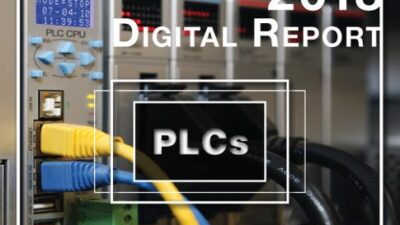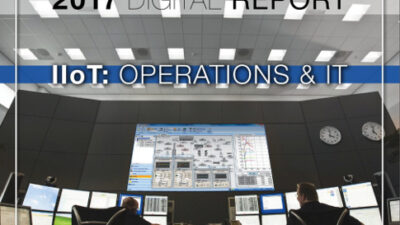Ethernet hardware can be made suitable for industrial environments, explains Raj Rajani, product marketing manager, Ethernet infrastructure products,
Siemens Energy & Automation
. Here’s how.
Hardware design: The design of the hardware is key. It is important to have robust all-metal housings. The hardware should be extra vibration-resistant, insensitive to EMC faults, and secures reliable data traffic also in EMC-burdened environments. In addition, look for durable, secure plug connections and RJ45 all-metal plug connectors with additional locking mechanisms. The hardware should also have the ability to operate at temperatures between -20 and 70 °C with condensation.
Maintenance and troubleshooting capabilities: Diagnostics are important as well. The devices should have LEDs (link status, power, collisions, data). The network diagnosis should be integrated into the PLC programming package.
Network design: Topologies include line, star, and tree. Ethernet hardware for industrial environments have a redundant electrical / optical ring and reliable shielded cables. The topologies should be easily integrated into enterprise Security via VLANs.
Reliability: Industrial Ethernet has high availability, including fast media redundancy in the range of milliseconds in electrical/optical ring topology. Redundancy for wireless routes (IWLAN) is important as well. Redundant power supply connects and integrates into a SCADA system, Rajani says.
Read also: Who Puts the ‘Industrial’ in Ethernet?
Edited by Mark T. Hoske, editor in chief
Control Engineering Daily News


